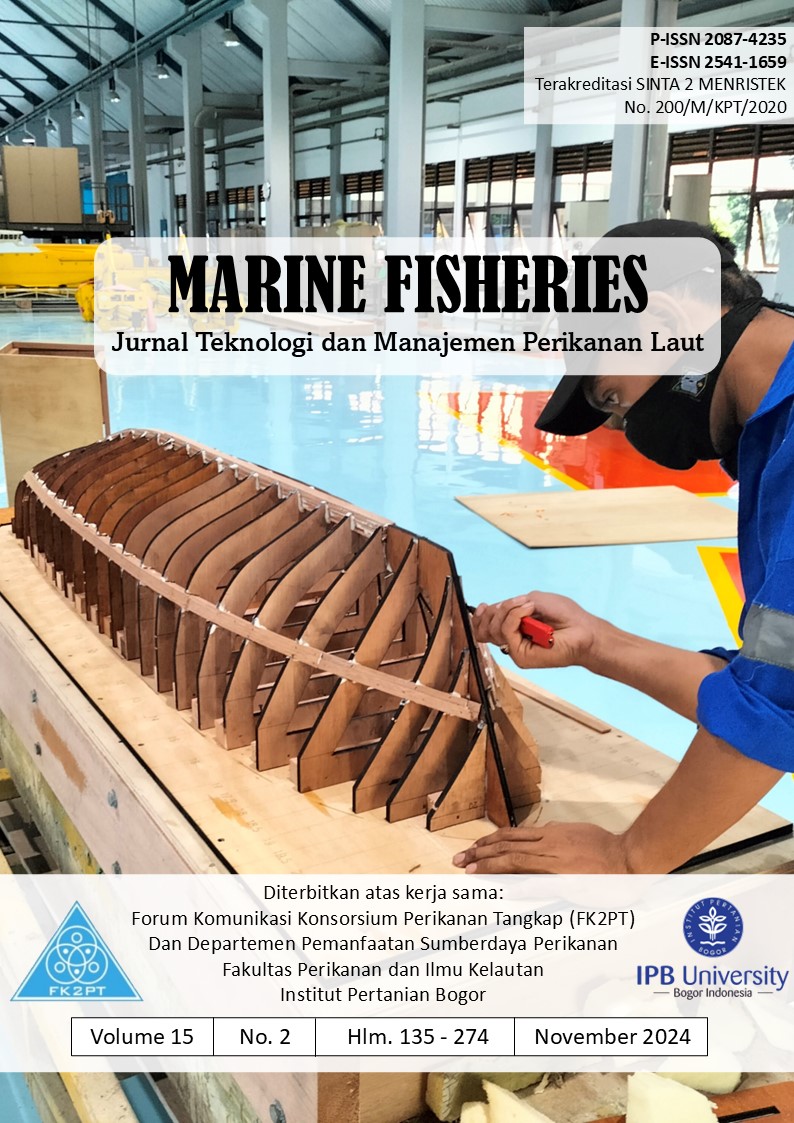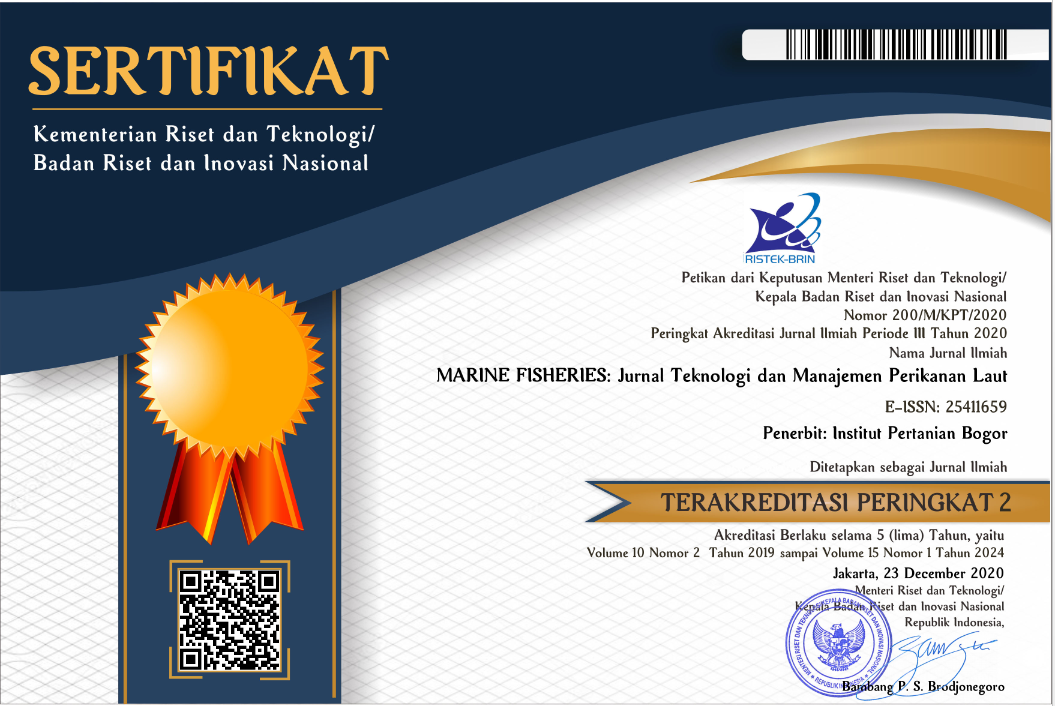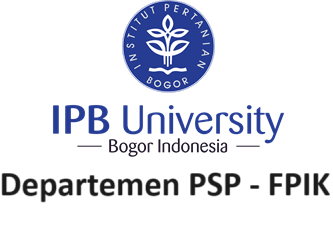ECONOMIC STUDY OF BLUE SWIMMING CRAB FISHING ACTIVITIES IN JAVA SEA USING ELECTRIC AND SAILING BOAT DESIGN
Abstract
The United Nations has proclaimed the world's commitment to reducing greenhouse gas emissions in the Paris Agreement, and Indonesia has a net zero emissions target by 2060. One of the efforts to support this commitment is by applying environmentally friendly fishing vessel technology using sail and electric propulsion. However, to convince the application, it is necessary to consider several aspects, especially the economic aspect of business investment. This study aims to calculate the estimated cost of boatbuilding and fishing operations for 10 days in the Java Sea using the development of electric sailboat design. The payback period of a feasible investment is then calculated by comparing the revenue from Blue Swimming Crab (BSC) fishing activities. Based on the result, recognizing that with an investment value of nearly 400 thousand USD to purchase the boat, it is reasonable to set a minimum goal of capturing at least 1,2 Ton of crabs per trip, and a minimum of 20 trips annually, thus the payback period takes 10 years.
Keywords: Blue swimming crab, Fishing vessel, Java Sea, Net zero emission, Payback period.
Downloads
Copyright (c) 2024 Nanang Setiyobudi, Agoes Santoso, Dian Purnamasari, Teguh Muttaqie, Muryadin Muryadin, Fariz Noor, Ari Setiawan, Cakra Wijaya Kusuma Rahadi, Achmad Baidowi, Rifki Rezvani, Zarochman Zarochman

This work is licensed under a Creative Commons Attribution-NonCommercial 4.0 International License.
Author(s) who published in this journal agree to following terms:
- Author(s) must understand and agree that the copyright script in published owned by the Marine Fisheries Journal. The copyright includes reproducing and selling the manuscript to all parties.
- Everyone can cite every manuscript published in Marine Fisheries for educational purposes, with the author's name and the Marine Fisheries Journal on reference.









